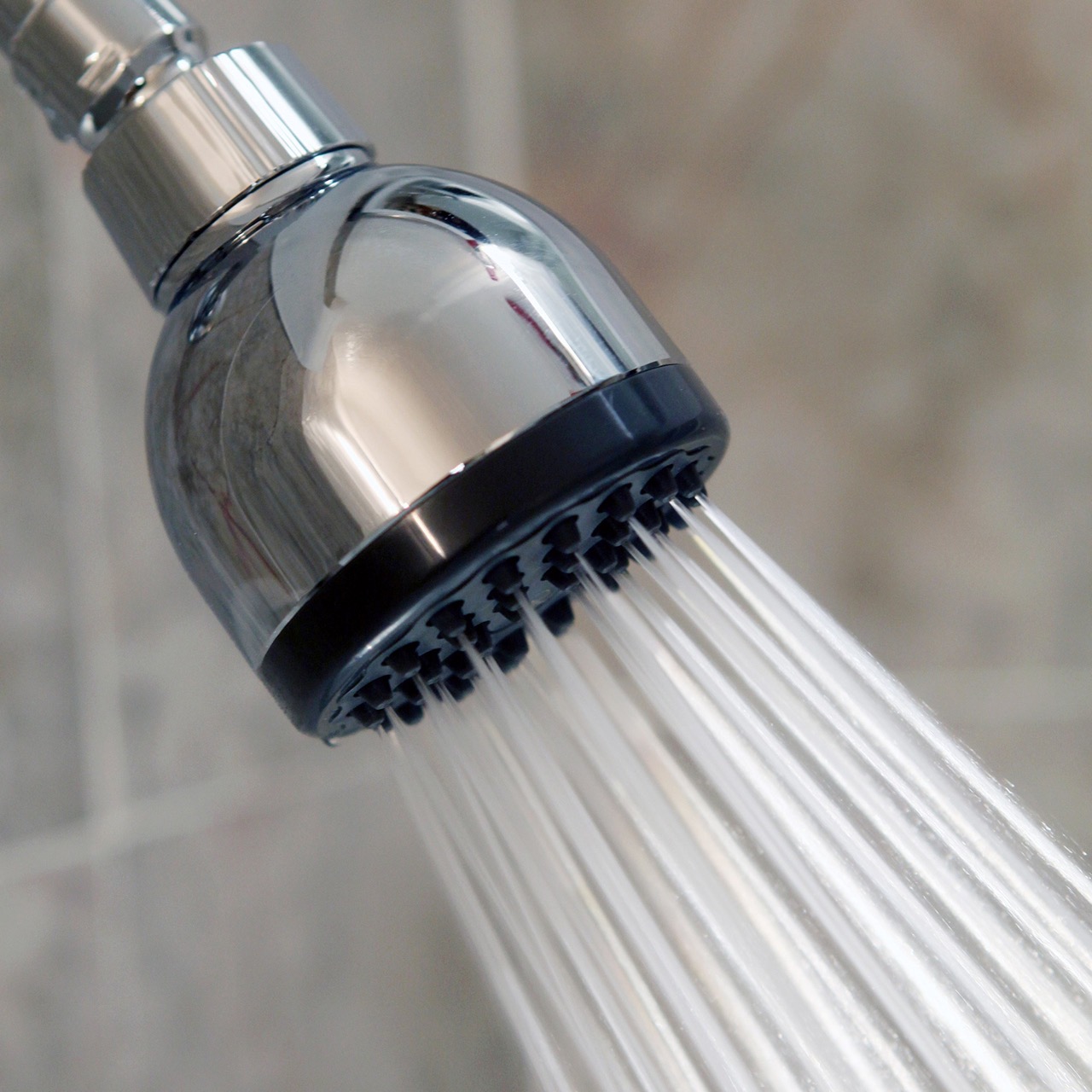

Articles
What Is The Appropriate PSI For A Showerhead
Modified: December 7, 2023
Learn how to determine the ideal water pressure for your showerhead with our helpful articles. Improve your shower experience today!
(Many of the links in this article redirect to a specific reviewed product. Your purchase of these products through affiliate links helps to generate commission for Storables.com, at no extra cost. Learn more)
Introduction
When it comes to taking a shower, one of the key factors that can greatly influence your experience is the water pressure. The amount of force with which the water flows out of the showerhead can determine whether you enjoy a refreshing and invigorating shower or a lackluster and unsatisfying one. This is where PSI (pounds per square inch) comes into play.
PSI is a unit of measurement used to determine the pressure of water. It refers to the amount of force exerted on a given area, in this case, the water flowing through a showerhead. Understanding and properly selecting the right PSI for your showerhead can make a significant difference in your overall shower experience, so it’s important to know how to choose the optimal pressure.
In this article, we will delve into the world of PSI and explore the factors to consider when choosing the PSI for your showerhead. We will also discuss common PSI recommendations for showerheads and the effects of different PSI levels on your shower experience. Additionally, we will touch on how adjusting PSI can contribute to water conservation efforts. So let’s dive in and learn more about the appropriate PSI to use for a showerhead.
Key Takeaways:
- Finding the right PSI for your showerhead is crucial for a satisfying shower experience. Consider water source, plumbing system, and personal preference to strike the perfect balance.
- Adjusting PSI not only enhances your shower experience but also contributes to water conservation. Find the sweet spot for comfort and eco-friendly habits.
Read more: What Is The Appropriate Fireplace Grate Size
Understanding PSI
Before we can delve into selecting the appropriate PSI for a showerhead, it’s important to have a basic understanding of what PSI is and how it affects water pressure. PSI stands for pounds per square inch and is a unit of measurement used to quantify the pressure exerted by a fluid, in this case, water. It indicates the force with which the water exits the showerhead.
When you turn on the shower, water flows through the pipes and into the showerhead. Along the way, the water encounters resistance caused by the narrow pipes, valves, and other fittings. This resistance, combined with the water pressure from the water supply system, determines the PSI at which the water flows from the showerhead.
Higher PSI means more pressure, resulting in stronger and more forceful water flow. On the other hand, lower PSI means less pressure and a gentler flow. It’s important to find the right balance to ensure a satisfying shower experience without wasting excessive water or causing discomfort.
It’s worth noting that the standard water PSI in most residential and commercial buildings is typically around 40-60 PSI. However, the PSI at the showerhead can vary depending on factors such as plumbing system design, water source, and any additional pressure regulators or fittings installed in the system.
Now that we have a basic understanding of PSI, let’s explore the key factors to consider when selecting the optimal PSI for your showerhead.
Factors to Consider When Choosing PSI for a Showerhead
When selecting the PSI for your showerhead, there are several factors to take into consideration to ensure an optimal shower experience. Let’s explore these factors:
- Water Source: The source of your water supply can affect the PSI at your showerhead. If you have a well, the PSI may be lower compared to a municipal water supply. Understanding your water source will help you determine the appropriate PSI range to aim for.
- Plumbing System: The design and condition of your home’s plumbing system can impact the water pressure at your showerhead. Older or poorly maintained systems may have lower PSI, while newer systems with larger pipes and efficient fittings can provide higher PSI. It’s important to take into account the capabilities of your plumbing system when selecting the PSI for your showerhead.
- Personal Preference: Every individual has different preferences when it comes to water pressure. Some people enjoy a strong and invigorating shower, while others prefer a gentle and relaxing flow. Consider your personal preference and the preferences of others in your household when determining the PSI for your showerhead.
- Showerhead Design: The design of the showerhead itself can influence the ideal PSI. Some showerheads are specifically designed to work best at certain pressure levels. For instance, low-flow showerheads are designed to provide sufficient water pressure even at lower PSI to conserve water. Take into account the design specifications of your showerhead when choosing the appropriate PSI.
- Water Efficiency: Water conservation is an important consideration in today’s world. Lowering the PSI of your showerhead can help conserve water without compromising your shower experience. Many water-saving showerheads are designed to operate effectively at lower PSI, ensuring efficient water usage.
By considering these factors, you can make an informed decision about the PSI to use for your showerhead. It’s important to strike a balance between achieving an enjoyable shower experience and being mindful of water conservation efforts.
Next, let’s discuss some common PSI recommendations for showerheads to guide you in selecting the appropriate pressure for your shower.
Common PSI Recommendations for Showerheads
While the ideal PSI for a showerhead may vary depending on personal preferences and specific circumstances, there are some general recommendations to consider. These recommendations can serve as a starting point when selecting the PSI for your showerhead:
- Standard Pressure (40-60 PSI): The standard PSI range for residential water supply is typically between 40 and 60 PSI. Many showerheads operate optimally within this range, providing a balance between water pressure and flow. If you’re unsure, starting with the standard pressure range is a good option.
- Low-Pressure Showers (Below 40 PSI): Some homes or areas may have lower water pressure due to various factors. If you have a low-pressure water system, you may want to consider a showerhead specifically designed for low-pressure situations. These showerheads are optimally configured to provide adequate water pressure even at lower PSI.
- High-Pressure Showers (Above 60 PSI): On the other hand, if your water supply has higher than average PSI, you may experience a forceful and uncomfortable shower. In this case, you may want to install a pressure regulator to reduce the pressure and ensure a more comfortable shower experience.
- Water-Saving Showerheads: Water-saving showerheads are designed to provide an efficient and enjoyable shower experience while conserving water. These showerheads are typically optimized to operate effectively at lower PSI levels, ensuring minimal water waste without compromising on water pressure.
Remember, these are general recommendations, and it’s important to consider your specific circumstances and preferences when choosing the PSI for your showerhead. A trial-and-error approach may be necessary to find the PSI that suits you best.
Next, let’s explore the effects of different PSI levels on the shower experience.
The standard water pressure for a showerhead is around 80 psi. However, it’s best to check the manufacturer’s recommendations for the specific showerhead you have to ensure optimal performance and water conservation.
Effects of Different PSI Levels on Shower Experience
The PSI level of your showerhead can significantly impact your shower experience. Let’s explore how different PSI levels affect the shower experience:
- Low PSI: If the PSI is too low, you may experience a weak and inadequate water flow. This can result in a lackluster shower experience with less coverage and decreased water pressure. Showers may take longer as you try to rinse off shampoo and soap. Low PSI can be frustrating and may require longer shower durations to achieve the desired cleanliness.
- Standard PSI: An optimal PSI ranging from 40 to 60 provides a balanced shower experience for most individuals. It offers sufficient pressure and flow for effective rinsing and provides a refreshing and invigorating experience. This range is commonly found in residential water supply systems and is a good starting point for most households.
- High PSI: When the PSI is on the higher end, above 60, you may experience a forceful and intense water flow. While some individuals enjoy the high-pressure sensation, others may find it uncomfortable or even painful. It’s important to strike a balance between strong water pressure and a comfortable shower experience.
- Water-Saving PSI: Water-saving showerheads are designed to operate efficiently at lower PSI levels and can still provide an enjoyable shower experience. These showerheads deliver a balanced mix of water pressure and flow while conserving water. They are a great option for those who want to minimize water consumption without sacrificing comfort.
It’s essential to consider your personal preferences, water availability, and plumbing system capabilities when selecting the PSI for your showerhead. Experimenting with different PSI levels and observing the impact on your shower experience can help you find the perfect balance of pressure and flow.
Now, let’s explore how adjusting PSI can contribute to water conservation efforts.
Read more: What Is A Showerhead
Adjusting PSI for Water Conservation
One of the significant advantages of adjusting the PSI for your showerhead is the potential for water conservation. By optimizing the pressure, you can minimize water waste without compromising the shower experience. Here’s how adjusting PSI can contribute to water conservation efforts:
- Lower Flow Rate: By reducing the PSI, you can achieve a lower flow rate from your showerhead. This means less water is used during each shower, effectively conserving water. Water-saving showerheads are designed to operate efficiently at lower PSI levels while maintaining a satisfying shower experience, making them an excellent choice for water-conscious individuals.
- Reduced Water Consumption: A lower PSI can help you become more aware of your water consumption. With a gentler flow, you may naturally shorten your shower duration, leading to less water usage overall. Adjusting the PSI serves as a visual and physical reminder to be mindful of water conservation and practice sustainable habits.
- Environmental Benefits: Conserving water through adjusting PSI has several environmental benefits. It reduces the strain on local water resources, helps preserve aquatic ecosystems, and reduces the energy required to treat and distribute water. By playing your part in water conservation, you can contribute to a more sustainable and eco-friendly future.
- Cost Savings: Lowering your water consumption through adjusting PSI can result in cost savings on your water bill. Less water used translates to lower water bills over time. Additionally, some municipalities offer incentives or rebates for installing water-saving showerheads, further reducing your overall water expenses.
Keep in mind that adjusting the PSI too low can result in an unsatisfying shower experience. It’s important to find the right balance that provides both water conservation and an enjoyable shower. Experiment with different PSI levels to identify the sweet spot that meets your water-saving goals without compromising comfort.
By making small adjustments to the PSI of your showerhead, you can make a significant impact on water conservation efforts while still indulging in a refreshing and invigorating shower experience. Now, let’s conclude our exploration of PSI and its role in optimizing your shower.
Conclusion
Choosing the optimal PSI (pounds per square inch) for your showerhead can greatly enhance your shower experience. By understanding the role of PSI and considering various factors, you can optimize the water pressure to achieve both comfort and water conservation.
In this article, we discussed the basics of PSI and its importance in determining water pressure. We explored the factors to consider when choosing the PSI for your showerhead, such as the water source, plumbing system, personal preferences, and showerhead design. We also provided common PSI recommendations for different scenarios, including low-pressure and high-pressure situations.
Furthermore, we examined the effects of different PSI levels on your shower experience. Whether it’s a weak flow, balanced pressure, or intense water force, finding the right PSI range is key to enjoying a refreshing shower.
Water conservation is an essential consideration in today’s world. Adjusting the PSI for your showerhead is an effective way to contribute to water conservation efforts. By reducing the flow rate and being mindful of water consumption, you can help protect precious water resources, minimize environmental impact, and even save on your water bills.
In conclusion, the PSI setting for your showerhead plays a vital role in optimizing your shower experience while being conscious of water usage. Consider the factors mentioned in this article, experiment with different PSI levels, and find the perfect balance that suits your preferences and goals.
So, go ahead and make the necessary adjustments to your showerhead’s PSI, indulge in a rejuvenating shower, and play your part in conservation efforts for a sustainable future.
Frequently Asked Questions about What Is The Appropriate PSI For A Showerhead
Was this page helpful?
At Storables.com, we guarantee accurate and reliable information. Our content, validated by Expert Board Contributors, is crafted following stringent Editorial Policies. We're committed to providing you with well-researched, expert-backed insights for all your informational needs.

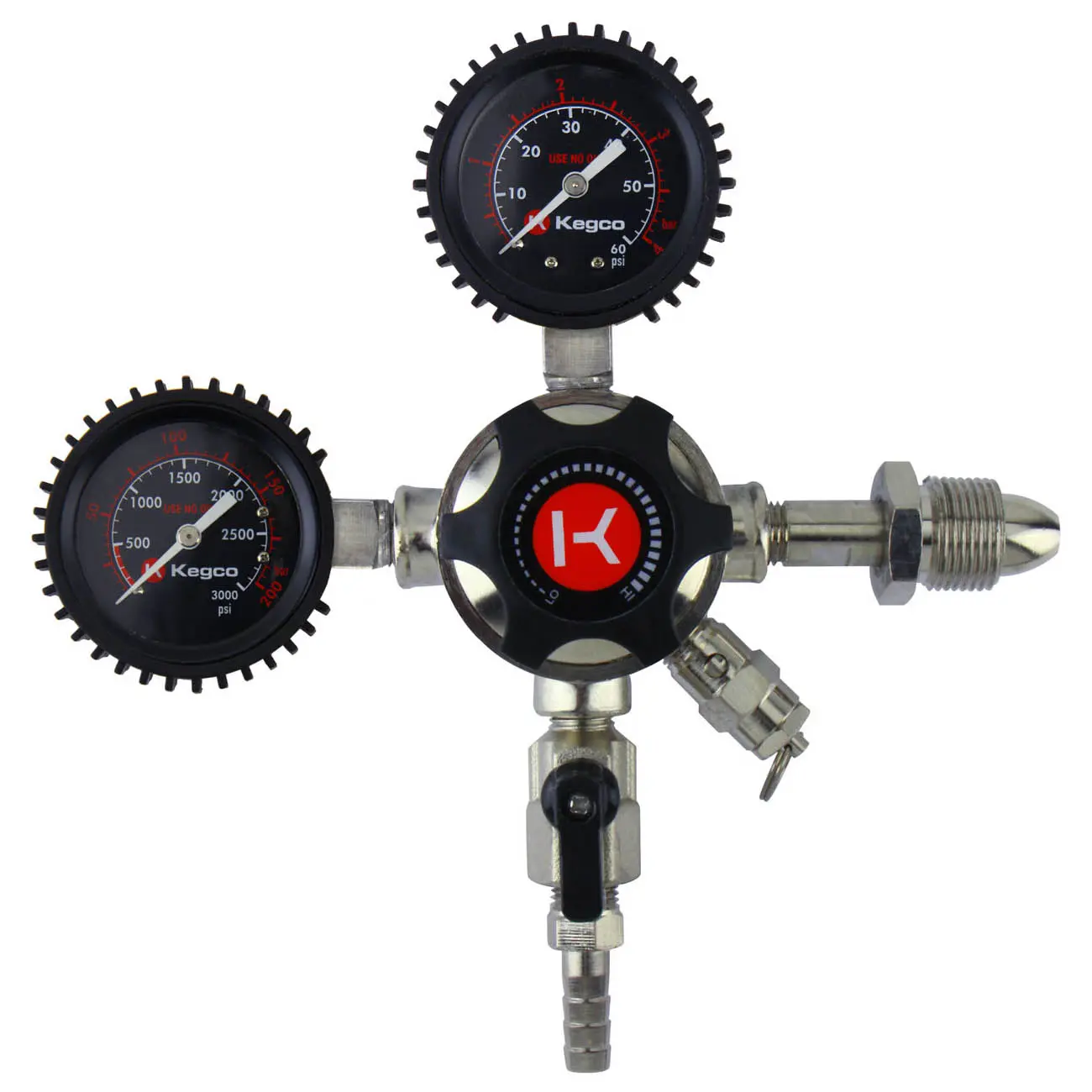
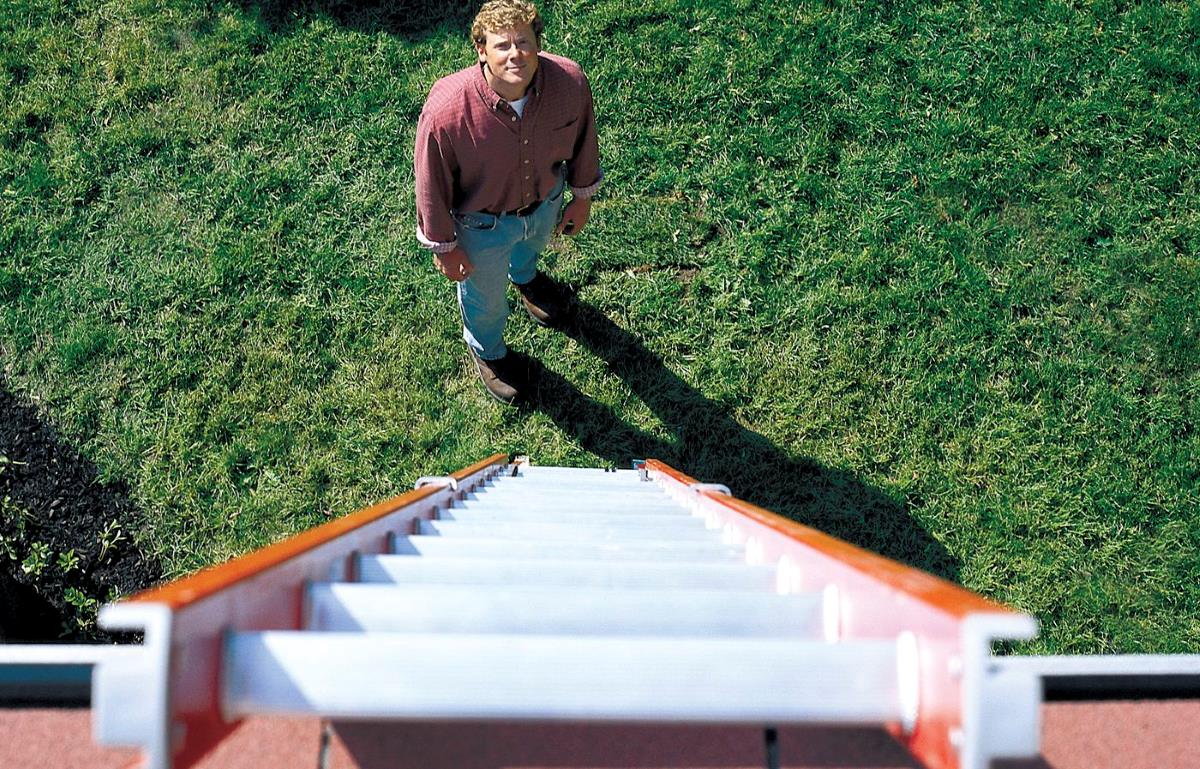
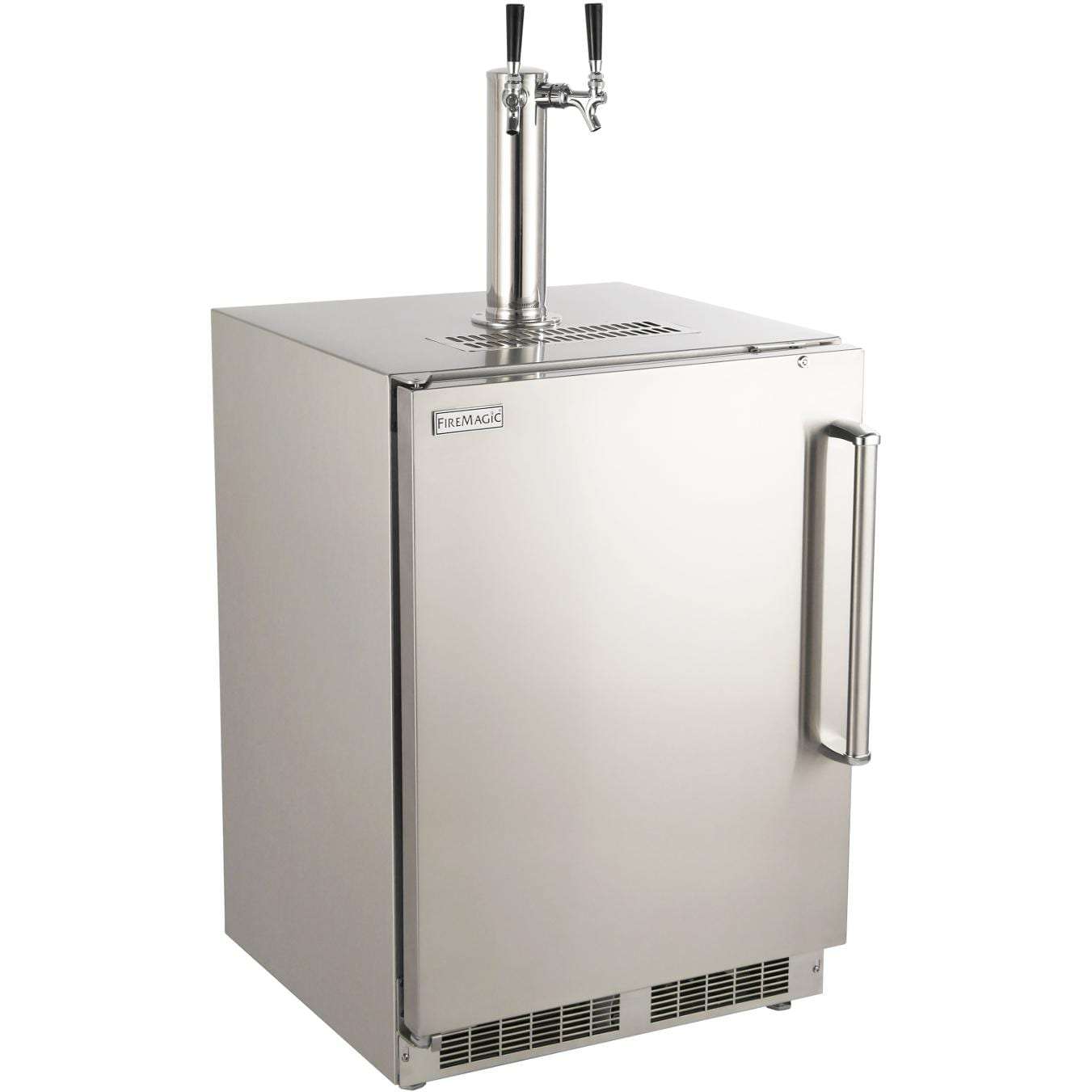
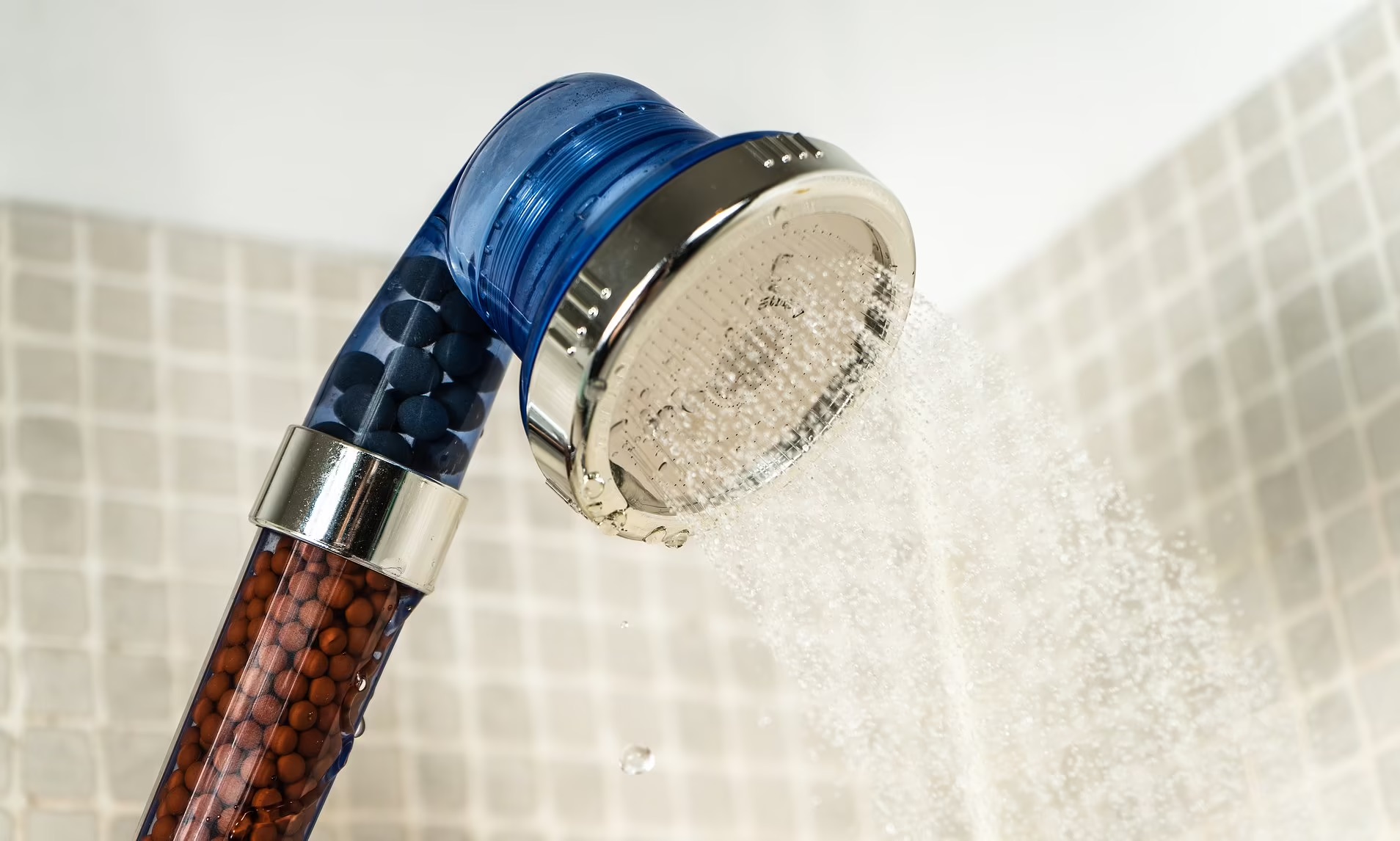
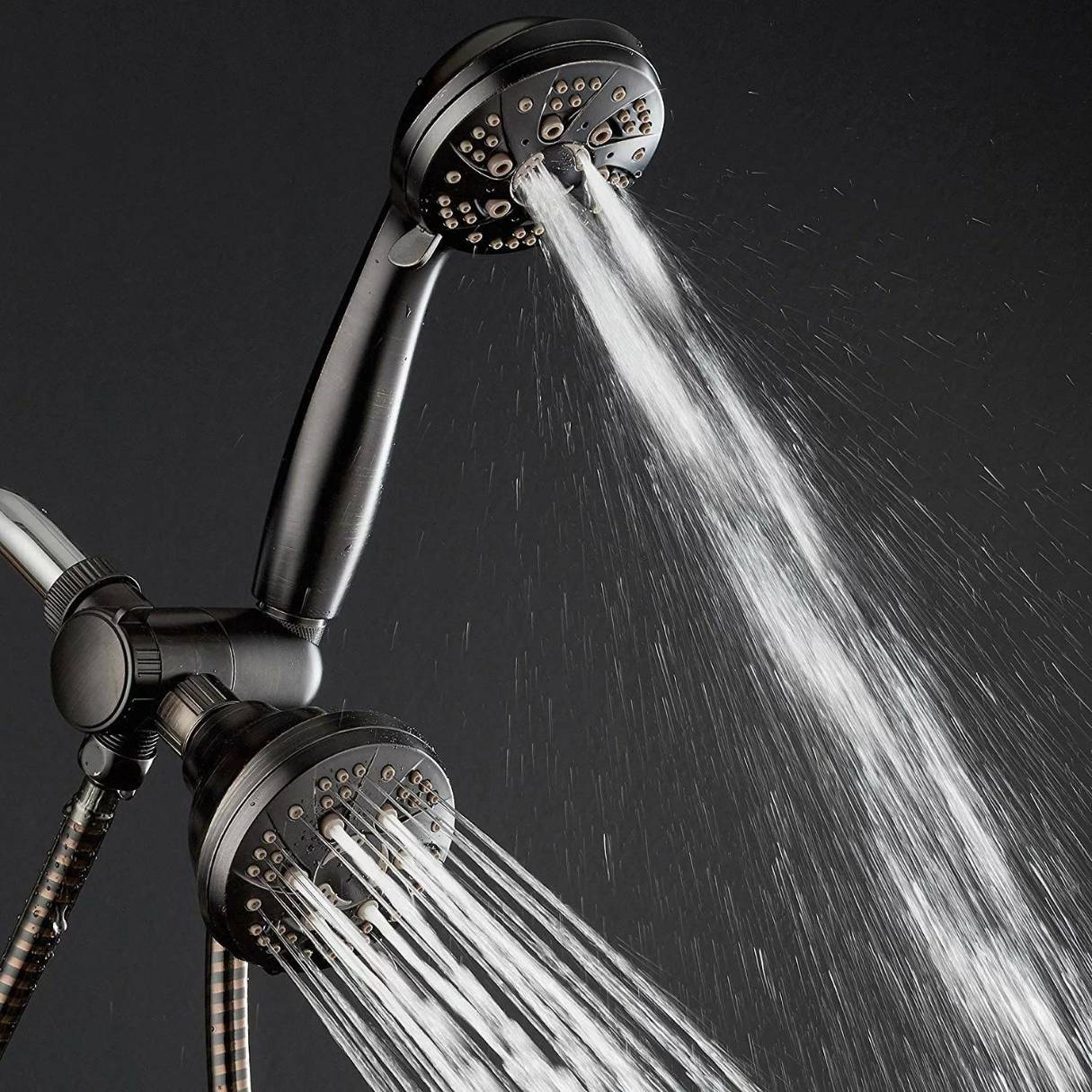
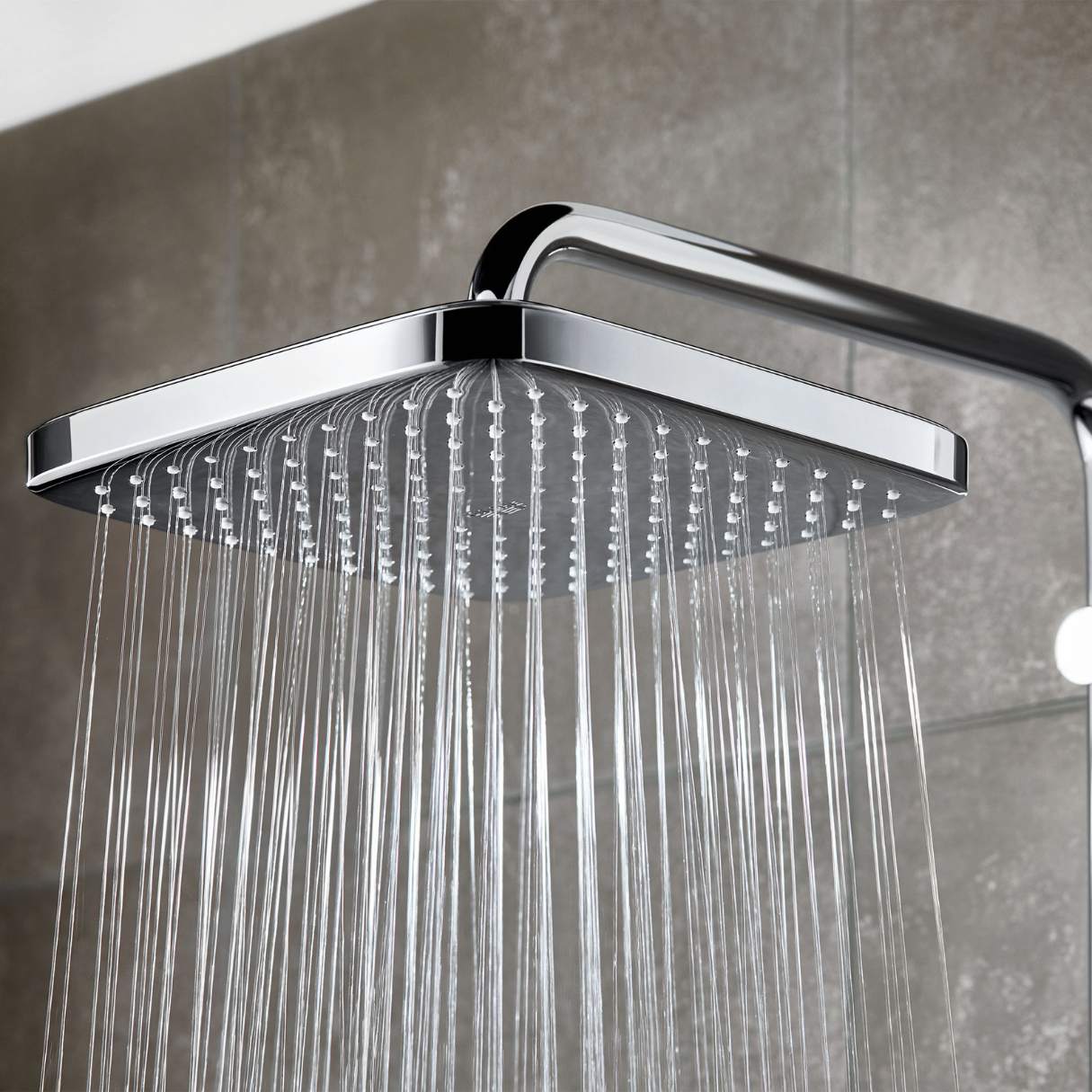

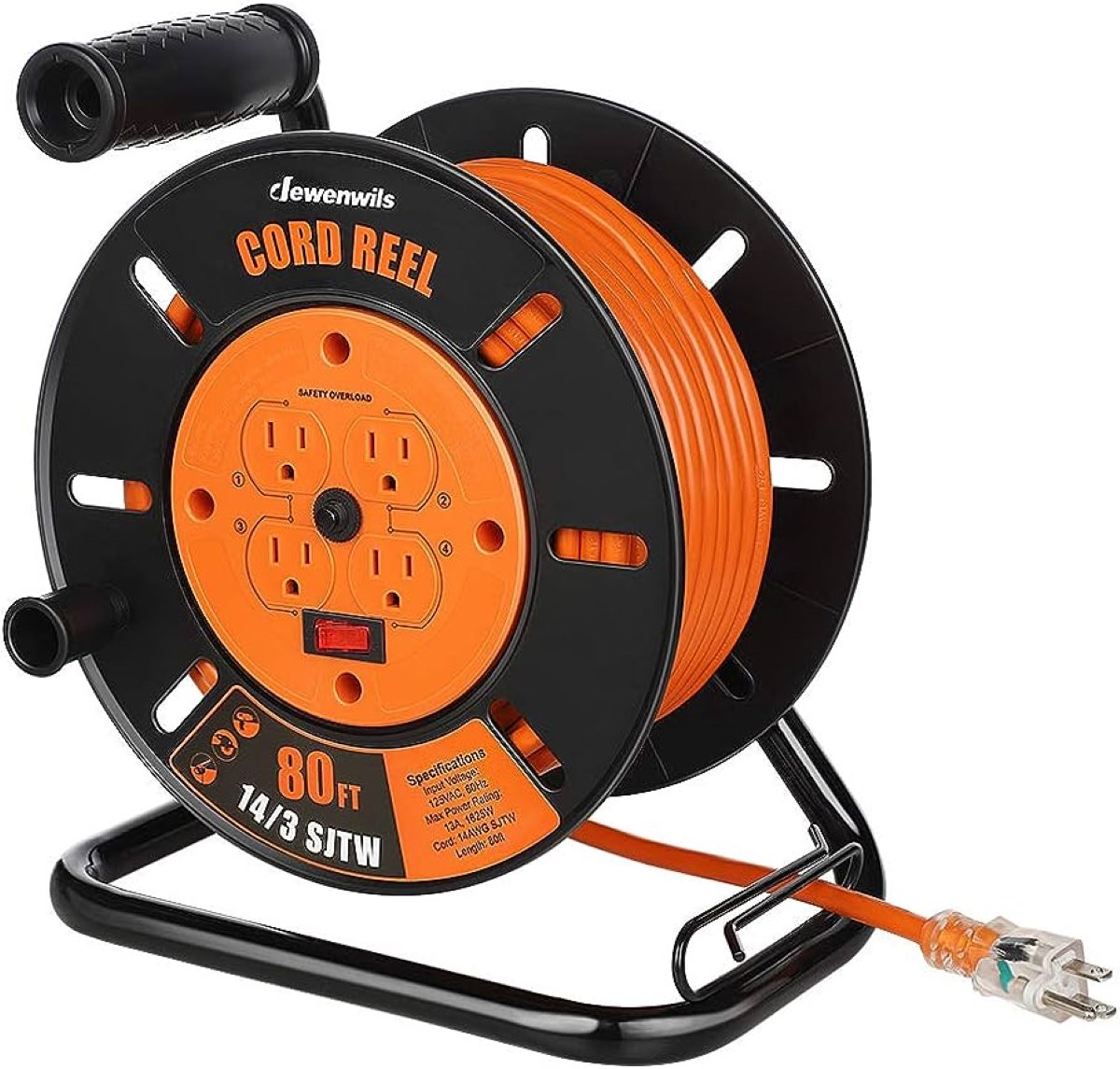
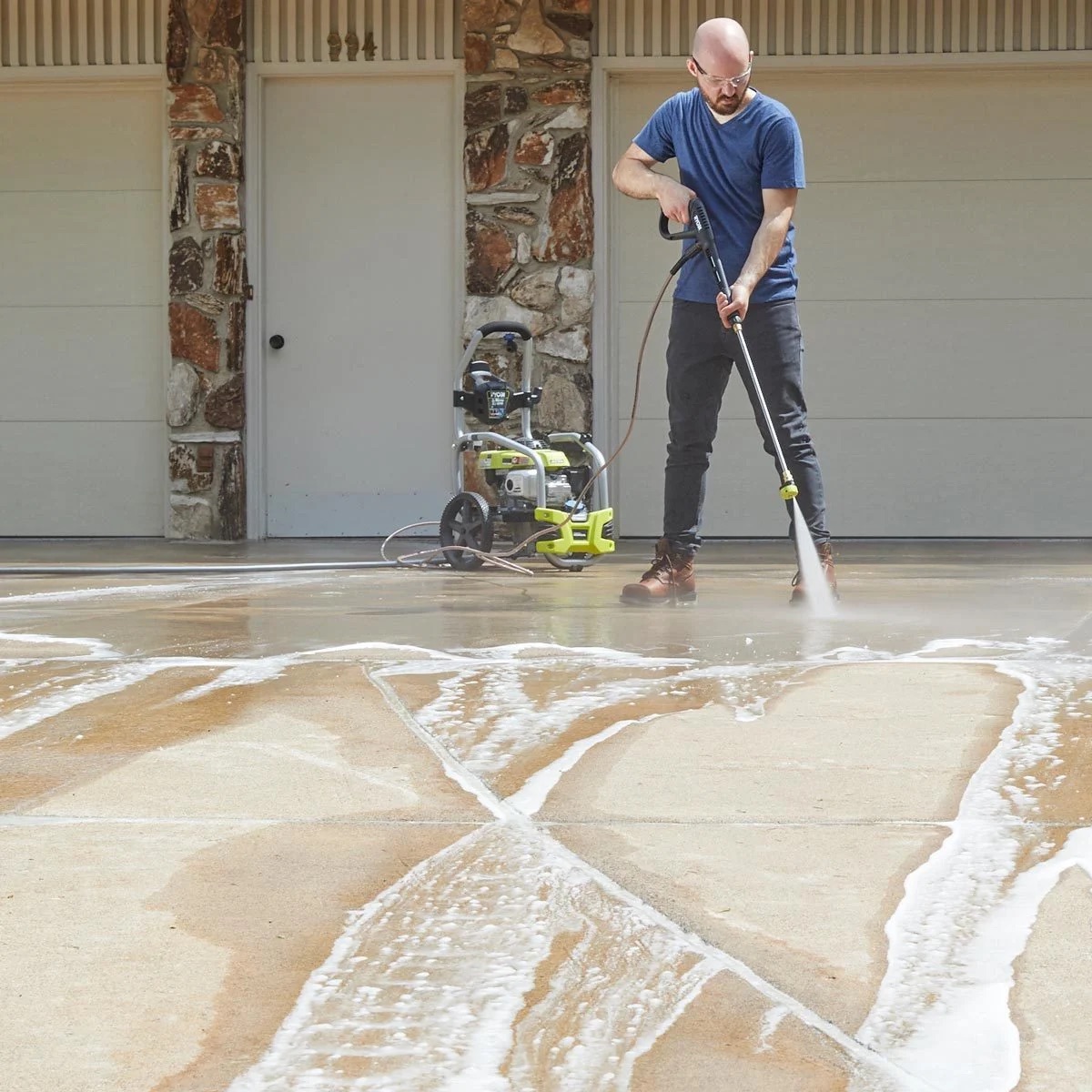
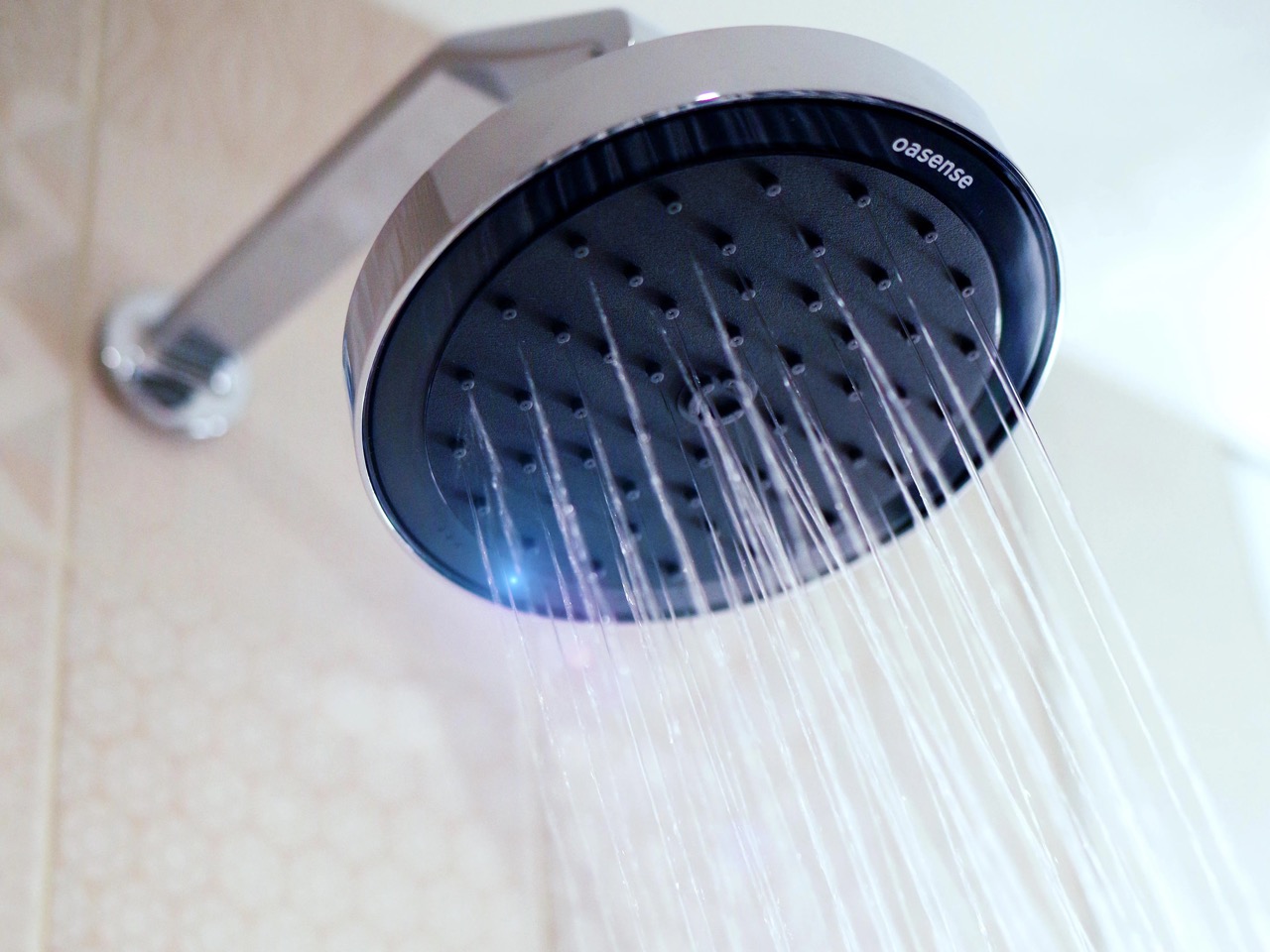
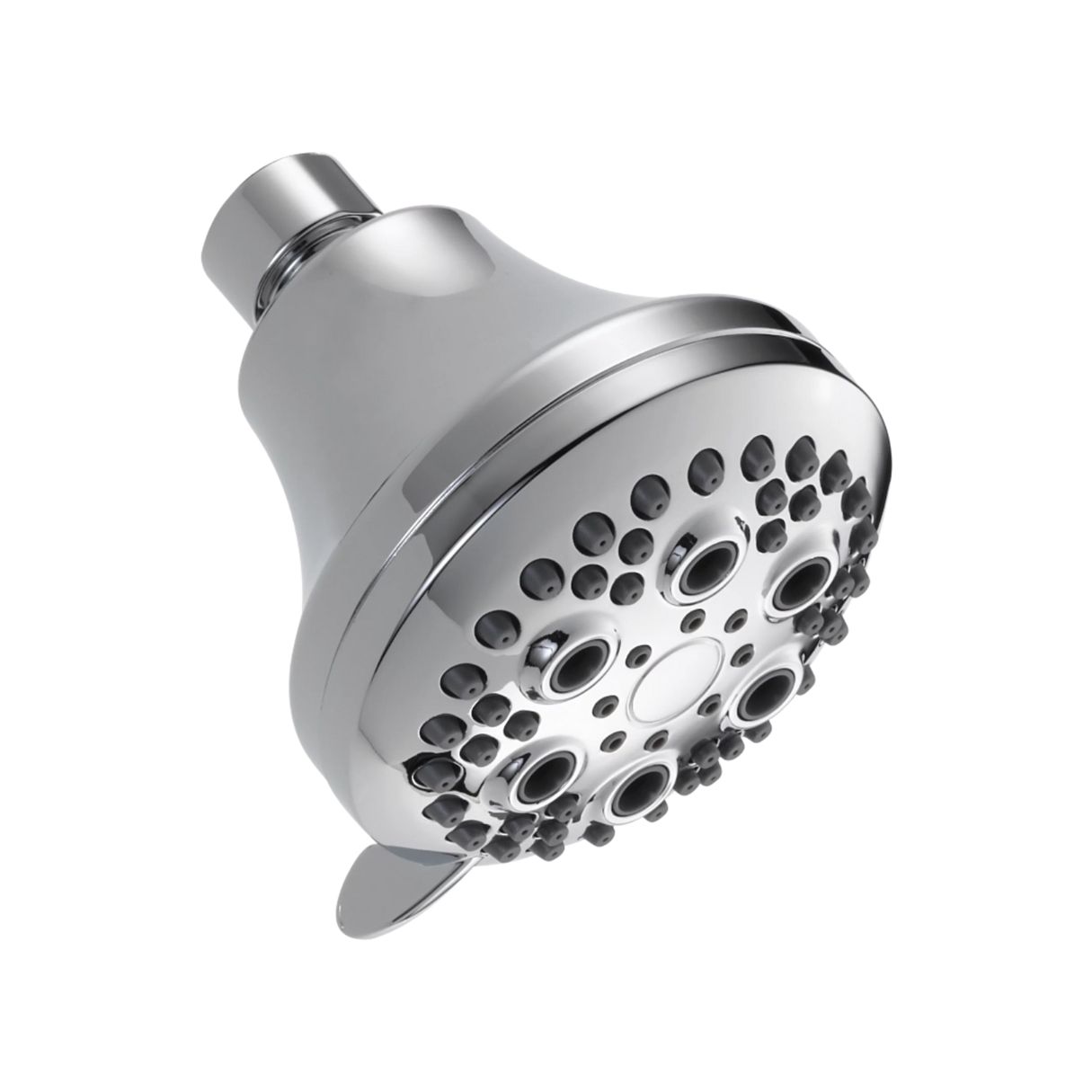
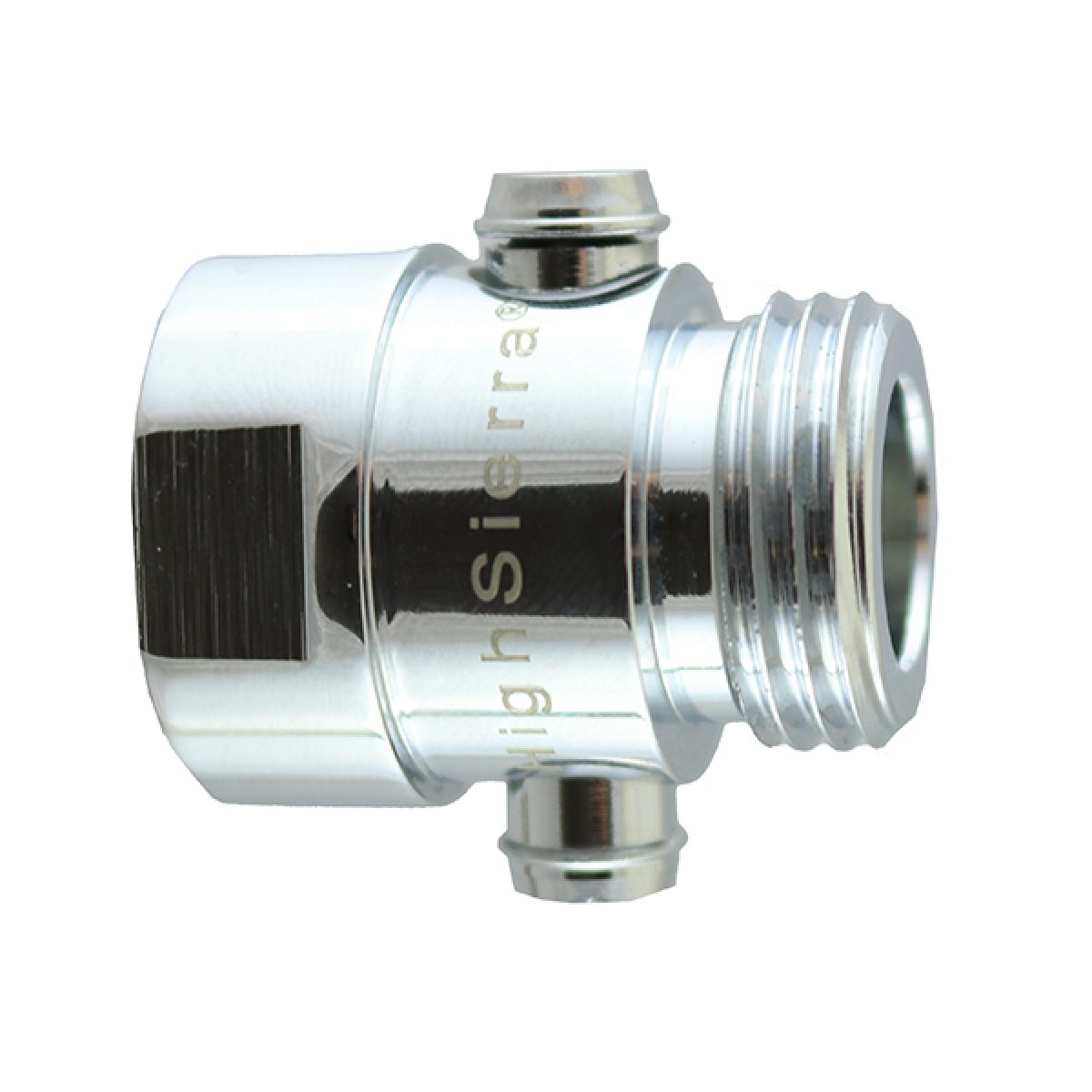
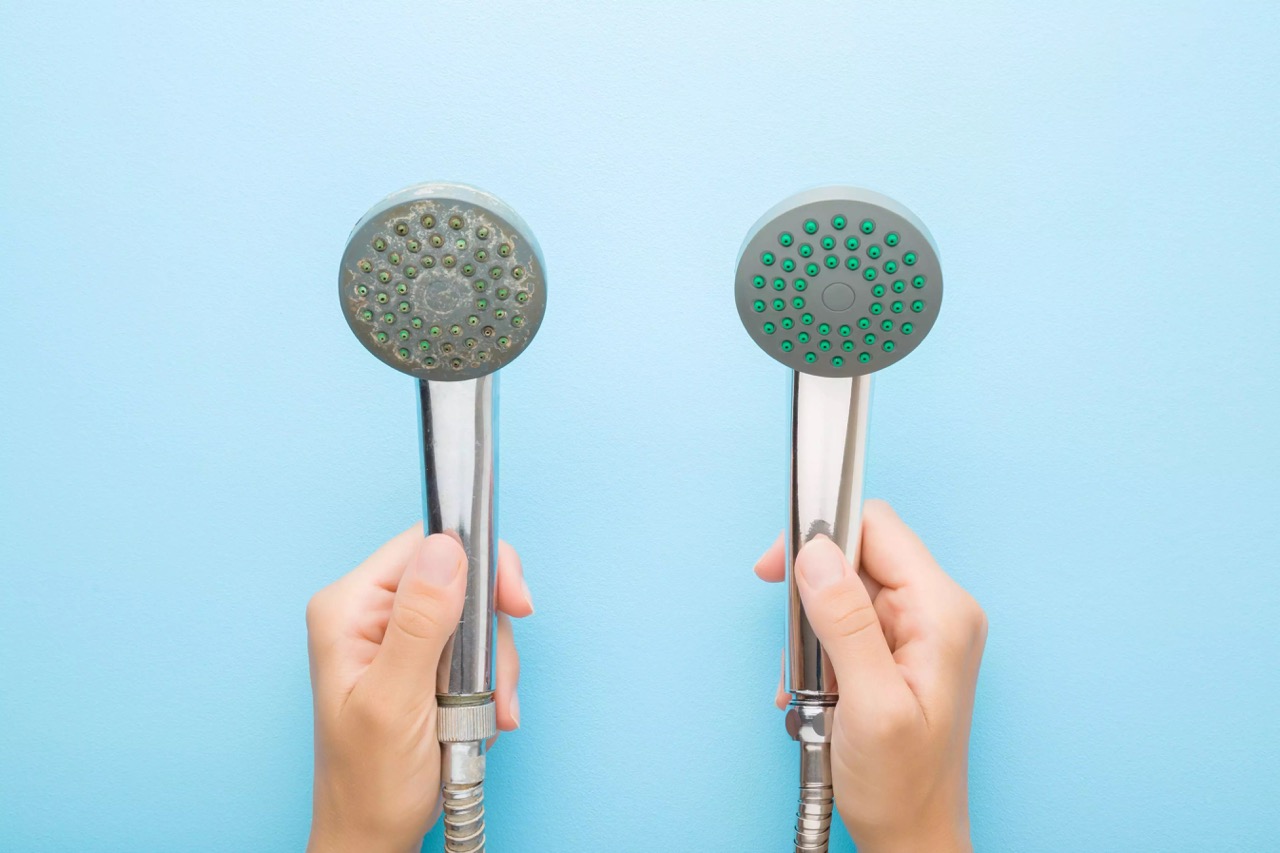

0 thoughts on “What Is The Appropriate PSI For A Showerhead”